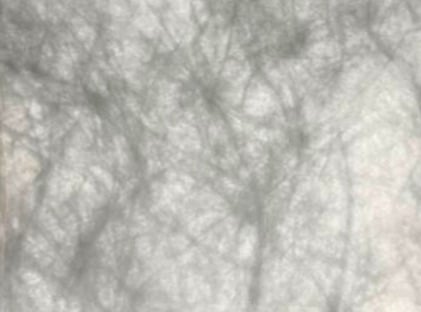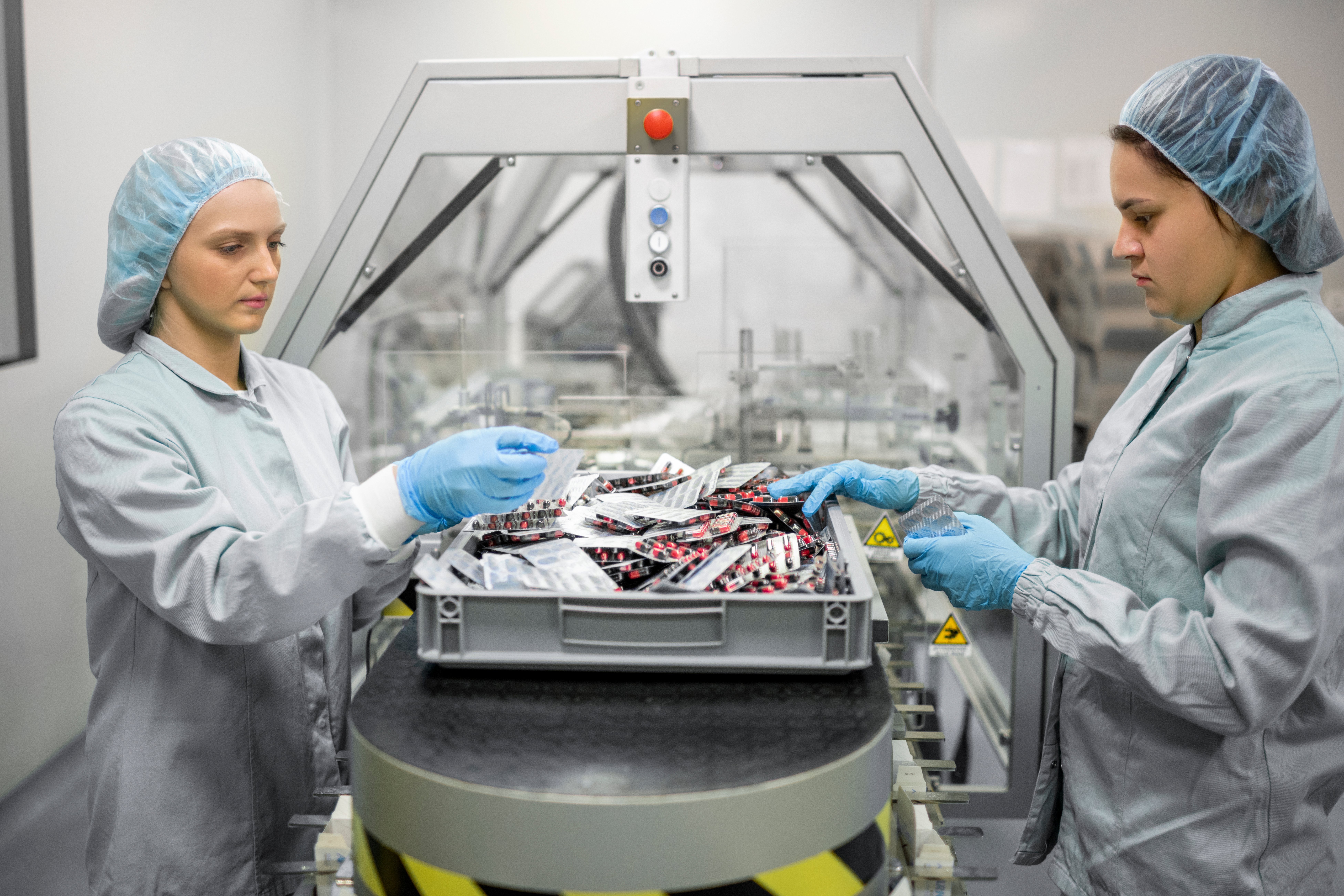As a material that took 15 years to fully develop and another 15 years to hit the mainstream market, the story of DuPont™ Tyvek® is one of humble beginnings. Fast forward to today, Tyvek® is recognized as a global leader in sterile packaging and shows no signs of slowing down.
A few years after White's discovery, the DuPont team decided to separate solvents from the polyethylene fluff by the rapid release of pressure at a high temperature. They were left with a web of interconnected filaments, perfect for producing the paper-like material we know today. This unique blend of properties marked the genesis of Tyvek® and set the stage for its future success.
Despite the material being piloted on a small scale since 1959, Tyvek® didn't become a registered trademark for another six years. By 1967, the material finally became available for commercial use, starting off in the construction industry for home wrapping. The material was widely known for its ability to control airflow and keep moisture out. As its popularity grew, so did the scope of its applications. After witnessing its effectiveness in home wrapping, DuPont quickly realized that the barrier could also be used in healthcare. In 1972 Tyvek® was finally used for sterile packaging𑁋revolutionizing the healthcare packaging industry. The material's impressive barrier properties, lightweight nature, and exceptional tear resistance made it an ideal candidate for medical packaging. By the 1980s, Tyvek® had become the gold standard for sterilizable packaging materials. Prior to the use of Tyvek® in healthcare packaging, the industry was primarily using medical-grade paper. Paper is still used in packaging today and can serve as an alternative for certain applications.
Evolution
Since becoming a popular material, Tyvek® has been evolving and advancing over the years. DuPont has consistently invested in research and development, resulting in several forms of Tyvek®. The company introduced Tyvek® 1073B, a grade designed specifically for healthcare packaging, offering superior microbial barrier properties. Additionally, the development of Tyvek® 2FS™, a lighter basis weight material expanded the healthcare product portfolio, and Tyvek® soft structure. With a more flexible and fabric-like feel, it expanded into new applications such as personal protective products (PPE) like surgical gowns.
Conclusion
From accidental discovery to revolutionary innovation, DuPont™ Tyvek® has made medical history. The material's contribution to infection prevention and patient safety has left a permanent mark on the healthcare industry. As Tyvek® continues to evolve and advance, we look forward to the future of sterile packaging and protecting the life inside.
Timeline

Sources





